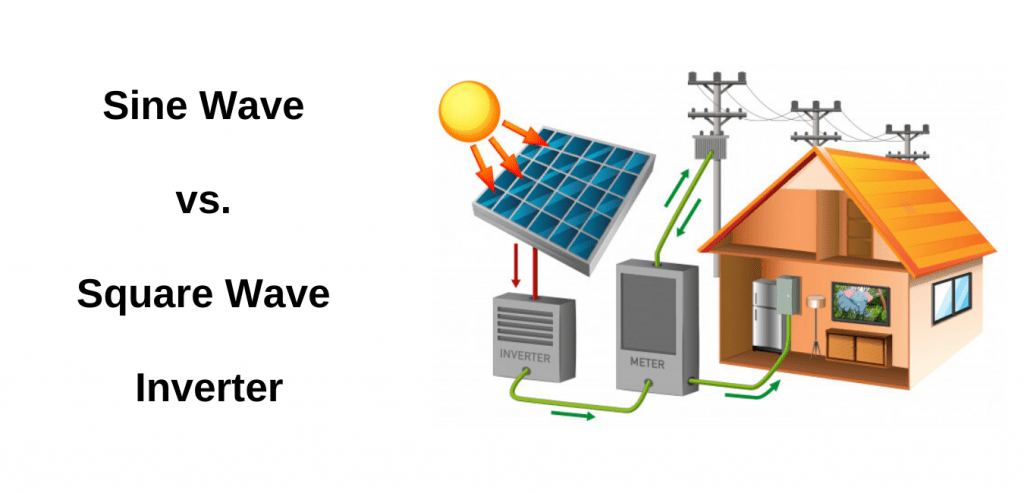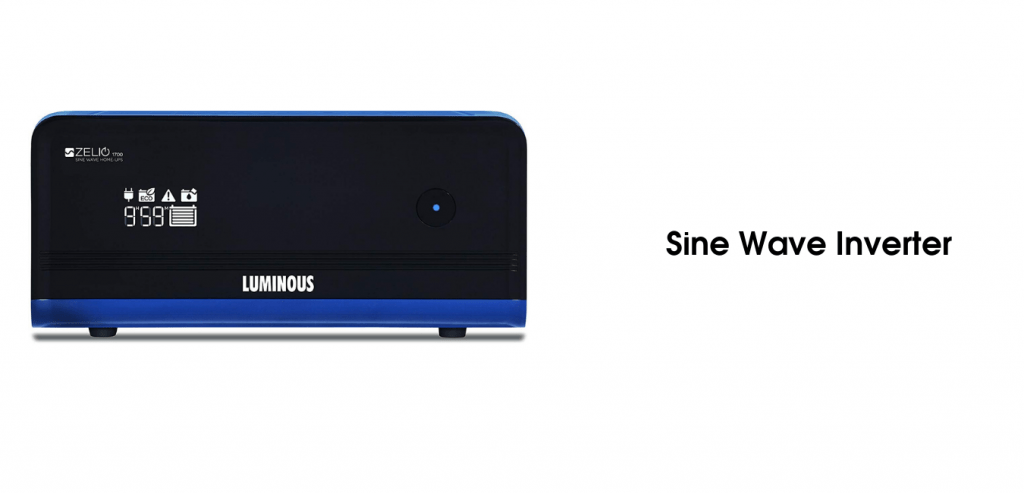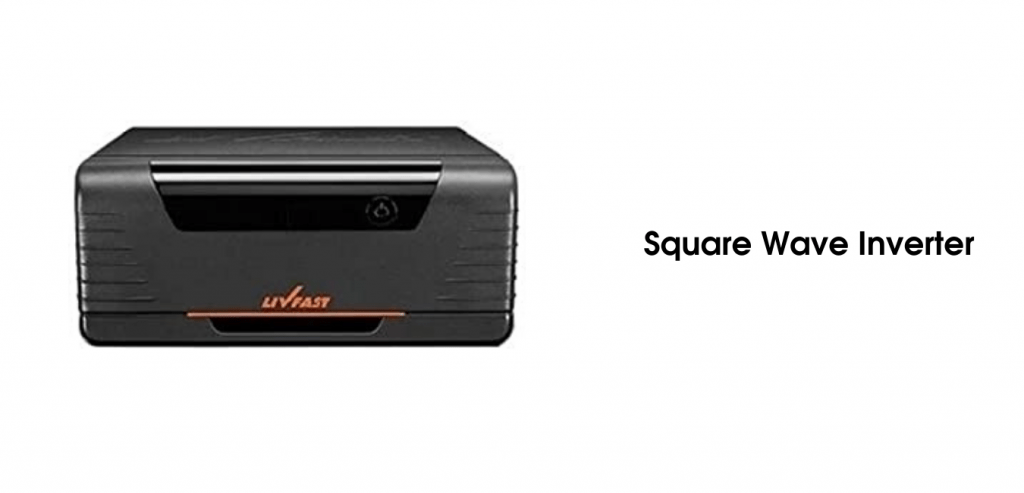
We have a great topic to discuss in this article, which is the comparison between sine wave and square wave inverter. Also, the fact that which one should you go with & why?
In this below article, you will understand how an inverter works, the process of current’s inputs & outputs, the difference, complete pros & cons.
First off, welcome to Your Kitchen Arena, I want to thank all our readers for your trust in our resource.
I will make sure you continue to get great resources & thorough information regarding kitchen & home appliances brands & reviews.
This year has been drastically different for all of us due to the pandemic.
Most of the companies have provided work from home to their employees.
Hence, we got a lot of requests to differentiate between both—Additionally, which one is better to purchase.
If you work from home and need high-demand power appliances, I would personally suggest you consider this particular brand of inverter on Amazon. It is exceptionally reliable, advanced, and provides a lot of valuable features. However, if you only want to light up bulbs, fans, and a few sockets, you can consider this excellent square wave model.
Further, in this article, you’d be able to make the correct choice right away.
So, without taking much of your time let’s jump to the facts & details:-
Sine Wave vs Square Wave Inverter

An inverter is a small battery (current) storage device which works as an alternative to provide a power source when the main power line is not working. It plays a vital role during power outages & provides electricity to most of your appliances to get uninterrupted services.
Let’s dig deep:-
1) AC ( Alternating ) Current
2) DC ( Direct ) Current
The current, which flows directly from the main power line, is known as the AC Current, whereas the output current, which flows from the inverter, is known as the DC current.
So, the inverter (battery) stores the AC current, flowing directly from the power lines. The current automatically gets changed to DC because that small unit can’t generate or store in the form of alternating current.
During power outages, the inverter releases the current in the form of alternating, which helps to power up most of the appliances. All the devices can’t be accessible through an inverter because of high power requirements.
Let’s now discuss how they both works:-
How does a Sine Wave Inverter Work?

A sine wave inverter converts and releases DC current to power up the appliances. It produces the exact power which a device needs to be based on its requirement.
The power released is mostly equal or better than the regular power line. Additionally, it takes care of the appliances and prevents any damage.
The best part is, Sine wave inverters use sophisticated technology that can even power up heavy power appliances such as LED TVs, Microwave Ovens, Refrigerators, Laptops & a lot more without any possibilities of damage.
The reason being, it releases a positive electricity voltage which eventually fluctuates, however, takes care of the products. It rotates within negative to neutral & then positive.
I recommend:- Luminous 1500 VA Zelio + 1700 Sine Wave Inverter.
How does a Square Wave Inverter Work?

As the sine wave, the square wave also works by converting the current to AC to power up the lights & appliances.
The only difference is while the inverter is turned on, it directly takes on the voltage from negative to positive during power outages.
The voltage isn’t balanced & stable in it, which is a matter of concern.
I suggest:- LivFast FC925 Square Wave 12V Inverter
Let’s now discuss which one should you go for ( our recommendation )
Sine Wave vs. Square Wave Inverter [ Which is better ]
So, I would recommend you to go with a Sine Wave inverter instead of a square, let’s understand why?
First, the square wave unit makes a high noise, whereas the sine wave provides noiseless & effective operation. You won’t even realize if the inverter is working.
Now the most crucial part is the safety of the gadgets. A lot of units coming in these days are only compatible with sine waves.
Not only this, but there will be a lot of appliances in your house, which only supports sine wave technology.
If the appliance runs on a square wave inverter, there are more possibilities of unit failure because of inconsistent voltage flow.
Most importantly, you can get the square wave units at economical prices because of their old design and less compatibility.
However, sine wave inverters are priced slightly on the higher side because of the latest technology, which is perfectly compatible with high power heavy appliances.
Lastly, the sine wave motor is compatible with the majority of the heavy appliances mentioned initially, whereas it’s not the case with square waves.
Also Read:- Aluminium Condenser vs Copper Condenser
Final Words
Now that you understand the entire difference between them both, I believe that you are all set to make the right choice.
If by any chance, there’s a bit of confusion. Let me make it simpler for you.
If you are someone who needs an inverter for essential use, light up the fan, lights, bulbs, or a few sockets. Then, you can go with the square wave.
However, if you work from home or need to connect high demand power appliances without interruption, then sine wave is the right fit for you.
Additionally, if your location has too much voltage fluctuation or power outages, then also sine waves would be more convenient.
Conclusion:-
Thank you for reading this article, I hope this guide of sine wave vs square wave inverter was helpful, and you got the answers to all your questions.
I’d like to hear from you in the comment section below if you have any doubts or questions, I’ll do my best to respond as soon as possible.
A happy user is what matters for me at the end of the day. 🙂
Lastly, if you find this article helpful, I’d appreciate a like & a social share.
Last update on 2024-01-28 / Affiliate links / Images from Amazon Product Advertising API



